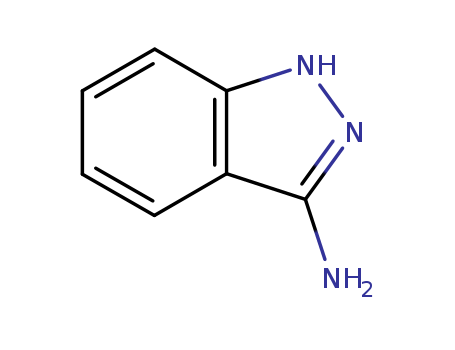10.1016/S0960-894X(02)01064-8
The study focuses on the synthesis, antiviral activity, and pharmacokinetics of P1/P10 substituted 3-aminoindazole cyclic urea HIV protease inhibitors. The aim was to enhance the intracellular antiviral potency of nonsymmetrical 3-aminoindazoles, DMP 850 and DMP 851, by modifying the P1/P10 residues to improve cell penetration. The chemicals used included various substituted benzyllithiums, dihydrazone 1, Raney nickel, and 1,10-carbonyldiimidazole for synthesis; 3-cyano4-fluoro-benzylbromide and hydrazine hydrate for introducing the 3-aminoindazole group; and benzyl bromide or butyl iodide for alkylation to form mono-alkylated cyclic ureas. These chemicals served to create a series of P1/P10 substituted cyclic urea analogues, which were then tested for their enzyme binding affinity, whole cell antiviral activity, plasma protein binding, resistance profile, and pharmacokinetics to assess their potential as therapeutics for inhibiting the human immunodeficiency virus protease (HIV-Pr).





